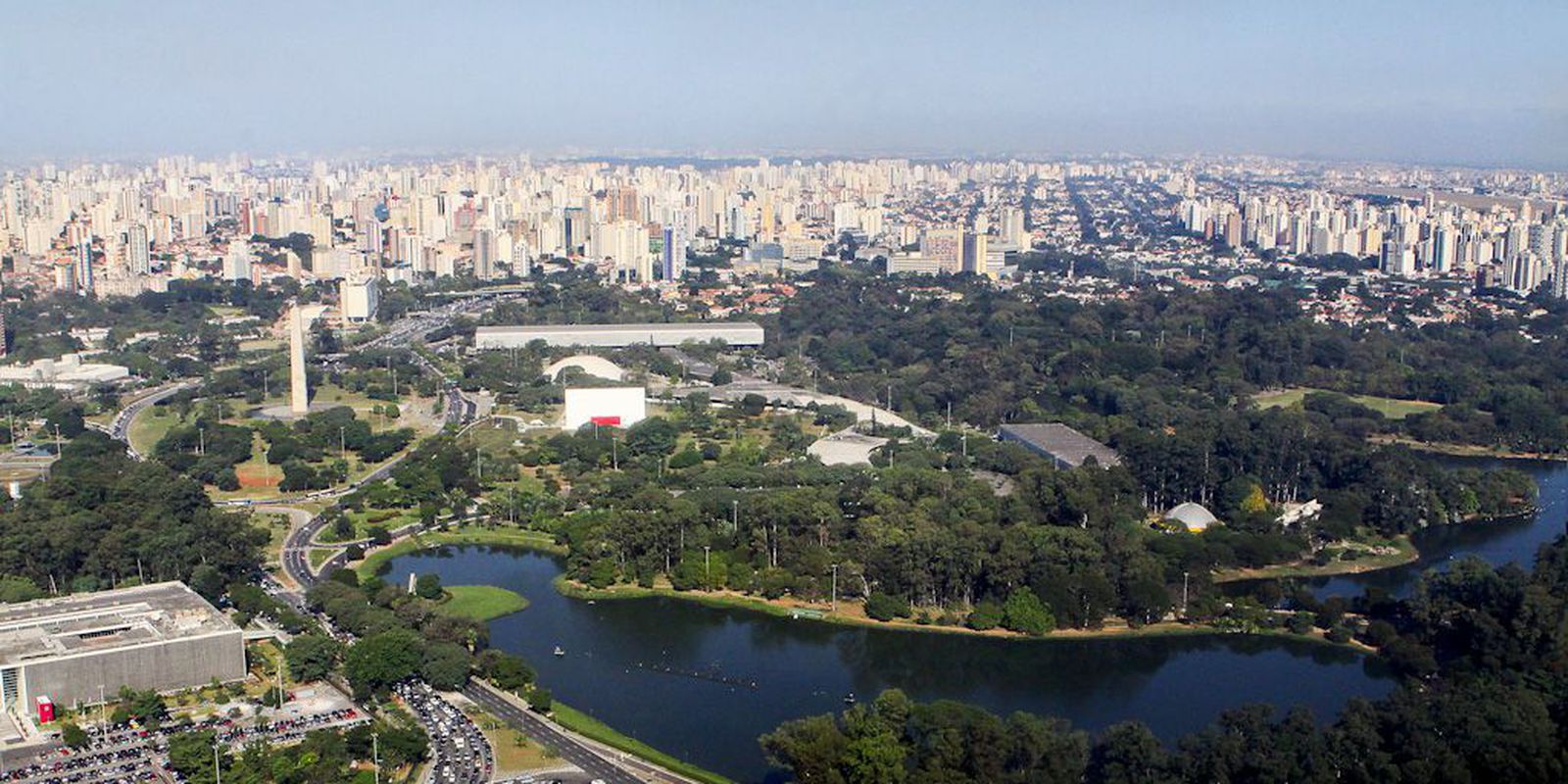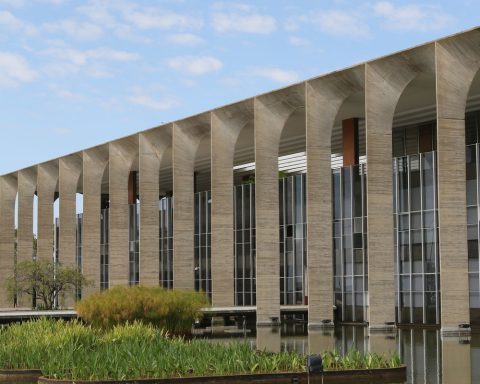The opening of the listing process for the Ibirapuera Sports Complex, in the south of São Paulo, does not prevent the granting of equipment to the private sector. According to the Municipal Secretary of Culture, the requirement is that “the preservation rules are respected”.
This Monday (10), the Municipal Council for the Preservation of the Historical, Cultural and Environmental Heritage of the City opened the process of listing the Constâncio Vaz Guimarães Sports Complex. The two gymnasiums, the stadium and the aquatic complex that make up the complex built in the 1950s are under analysis for recognition as historical and cultural heritage.
The Department of Historic Heritage will now carry out studies to assess whether it grants the listing or files the request. During this period, any proposed intervention on the site must be approved by the municipal body.
Arena and hotel
In 2020, the state government, then led by João Doria, presented a concession proposal for the complex. The project foresaw a major remodeling of equipment, to house a multipurpose arena, commercial areas and even a hotel. The government even took a project to the City Council for debate to allow the proposed interventions in the area of 91,800 square meters, next to Ibirapuera Park.
IPHAN
However, in November 2021, the National Historical and Artistic Heritage Institute (Iphan) granted the complex’s provisional listing. Thus, interventions at the site began to require authorization from the federal agency. The state government even contested the measure at Iphan itself, but the listing was maintained.
Historical value
At the time, a group of professors and researchers from the Faculty of Architecture and Urbanism at the University of São Paulo (USP) even launched a public letter in defense of the complex. The text highlights the importance of the Ibirapuera Gym, one of the system’s facilities. According to the signatories, the “building must be protected for stylistic and constructive issues, but also for its importance within modern Brazilian architecture and the modernization of sport and culture in the city in the mid-20th century”.
According to the researchers, the construction of the gym marks an important moment in the capital when, from the 1930s onwards, various spaces for leisure and sports began to be built. The group places the gym in the same context as the construction of the Pacaembu Stadium, which, despite being listed, ended up being awarded to the private initiative in 2021.
The letter also recalls that the architect of the gymnasium was Ícaro de Castro Mello, a South American record holder in the high jump and pole vault, member of the Brazilian athletics team at the Berlin Olympics in 1936.
In the 60s, the complex received an aquatic set, designed by the architect Nestor Lindenberg.
















